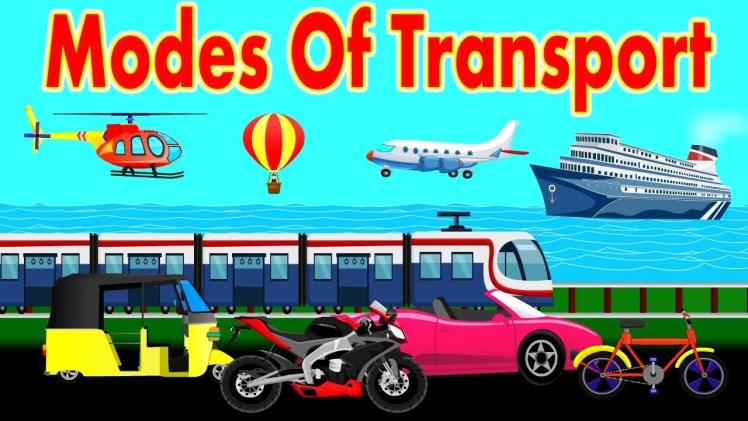Types of Mode of Transport

Mode of transport refers to the means by which goods and people are moved. It encompasses land, water and air modes of transportation – each with their own distinct features and conditions of operation and performance.
Road transport is the most widely-used method for shipping cargo and freight between locations. It is fast, cost-effective, and ideal for shipments requiring door-to-door delivery.
Rail transport is another popular option, although it tends to be more costly than trucking. Although not as energy-efficient as trucking, rail transport can be more reliable and predictable.
Pipeline transport sends liquids and gases through a pipeline; pneumatic tubes can also send solid capsules with compressed air. Short-distance systems are employed for sewage or slurry water; long distance ones transport petroleum and natural gas.
Animal-powered transport relies on animals as pack animals to carry goods; humans may harness them in teams to pull watercraft, sleds and wheeled vehicles.
Click here know about : Movierulz Kannada
Railways provide long-haul services between cities, with high-speed trains capable of reaching 430 km/h (270 mph). Intercity trains transport people from suburbs and surrounding areas to major cities while regional and commuter trains link smaller towns to the main line.
Boats and ferries have been an essential mode of transport for centuries, with seaborne trade accounting for 90% of international trade. But with fuel prices at historic highs and the shortage of truck drivers, many companies are turning to intermodal shipping solutions to finish their shipments – freight transported via rail then transferred onto trucks for final delivery.
Cars and motorcars are the most common vehicle type, though they can be noisy, clunky, and polluting. While they offer convenience when getting from one place to another without breaking a sweat, they may not be ideal for small packages requiring fast delivery.
Bicycle couriers are an ideal solution for small, light parcels that cannot be accommodated by other modes of transport. This is especially true of packages weighing less than 100 grams that need to be delivered within an hour or so from their origin.
Other types of transport involve cable transport, which sends goods via cables instead of using an internal power source. Some solutions also use electricity to pull the cable, and aerial tramway systems, elevators and escalators can all be classified as cable transport methods.
As a general guideline, the mode of transport that is best suited for a particular shipment depends on several factors such as costs, time to transit and the size and weight of the items being sent. That is why it’s essential to have an in-depth understanding of your transport requirements and all available routes.
